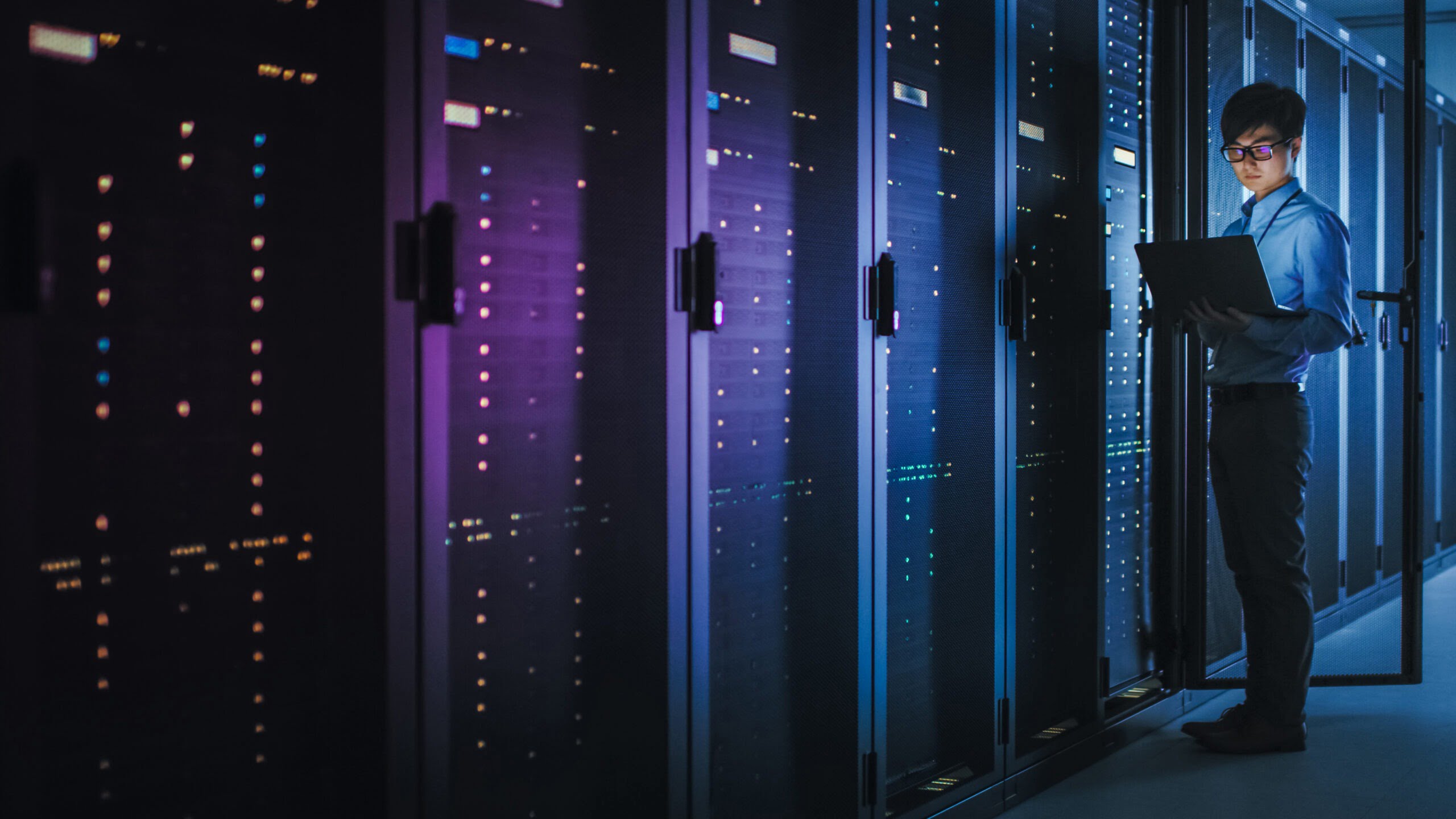
How data centres can tackle their environmental impact
Environmental impact is something more and more data centres are looking into as part of the Climate Neutral Data Centre Pact, where data centres commit to become climate neutral by 2030.
Environmental impact is something more and more data centres are looking into as part of the Climate Neutral Data Centre Pact, where data centres commit to become climate neutral by 2030. Alongside this, the demand for data centres is increasing with data becoming the new fuel as we continue to innovate and rely more on data and technology in our day to day lives.
But how can data centres tackle their environmental impact without affecting efficiency?
Energy
Energy is a huge part of a data centre’s operation and most of their environmental impact. With many data centres having already developed net-zero, and heat decarbonisation plans, here are some key areas of focus to tackle environmental impact further without impacting efficiency.
Greenhouse gas (GHG) emissions
GHG emissions are a main measure for many businesses on their journey to net-zero, however data centres are often measured by carbon intensity. This metric provides a relative comparison of GHG emissions characteristics after factoring in the scale of a business and the emission rate.
These emissions fall into three types of scope:
- Scope 1 covers GHG emissions that a business makes directly
- Scope 2 covers the emissions a business makes indirectly
- Scope 3 covers all other emissions associated throughout the supply chain, both up and down, where the business is also indirectly responsible for
Most businesses are already reporting on their Scope 1 and 2 emissions, and only large LLPs are required to report on some of their Scope 3 emissions under the Streamlined Energy and Carbon Reporting (SECR) scheme. Although some businesses are voluntarily reporting their Scope 3 emissions as it’s likely they will become mandatory in the future.
However, Scope 3 emissions can be difficult to report on, but it is one of the biggest areas of emissions for many businesses. Not only this, but data centres who report on their Scope 3 are demonstrating their commitment to sustainability as one of the largest energy consumers.
Renewable energy
As energy intensive users, data centres are turning towards renewable energy to support their carbon neutral and net-zero commitments. Some larger data centres are securing renewable energy partnerships to power their sites and smaller data centres source their renewable energy through cloud service providers such as Amazon Web Services (AWS).
Powering your site through renewable energy procurement can help to reduce or even eliminate Scope 2 emissions and there are a number of purchasing options. A virtual or physical Corporate Power Purchase Agreement (PPA), where renewable energy is purchased directly from an energy generator, or green tariffs secured through an energy provider are also another route to sourcing renewable power along with on-site generation and renewable energy certificates. Some of the largest renewable buyers in the data centre sector are tech giants like Amazon, Google, and Facebook, some of whom have taken their procurement to the next level — transitioning from 100% renewable energy an on annual basis to 100% renewable energy on an hourly basis.
Power Usage Effectiveness (PUE)
Data centres measure their energy efficiency through Power Usage Effectiveness or PUE. It’s a ratio for the amount of power needed to run and cool a data centre compared to the power used by the equipment. Data centres should look to optimise their PUE score to achieve maximum efficiency by reducing the amount of energy used for anything other than running equipment.
Data centres looking to reduce their PUE may find it challenging to reduce both costs and improve their environmental impact. However, there are ways to optimise PUE.
- Allowing server rooms to operate at a higher temperature
- Reducing the density and therefore energy consumed per square meter. This helps to dissipate heat but can be counteractive to other practices
- Improve the flow of cool air in computer rooms through containment solutions
- Optimising the production of cool air through combined use of outside air and heat exchangers
- Locating data centres in the Artic or under the sea
Calculate your data centres PUE score today.
Water
Water is also a large part of data centre operations. From drinkable water to water for cooling purposes and more. Water Usage Effectiveness (WUE) is a metric used to measure the water a data centre uses to cool its equipment.
The United Nations World Water Development Report for 2022 indicates that water scarcity will become worse as groundwater storage depletion occurs, which provides half the volume of water withdraw for domestic use by the population. So, data centres also need to consider reducing their water consumption to reduce their WUE and support their carbon neutral aims.
Cooling
Data centres use water for cooling their equipment in cooling towers. Many servers in a hyper-scale data centre require a larger cooling capacity but water consumption varies due to the climate and the type of cooling system used.
Large data centres may rely on evaporative cooling which uses less energy, but the process requires more water — often the preferred approach as it’s less expensive. Other routes include air-cooled systems that include compressor and condenser systems like Computer Room Air Conditioning (CRAC) units or centralised air-cooled chillers with an integrated compressor and condenser. The best option is to become a waterless data centre and rely on more efficient air-cooling systems.
Whilst data centres need to start paying attention to their water consumption and WUE, they should also explore how to use water more efficiently. From increasing cycles of concentration in cooling towering, to switching to chemical treatments to demineralise evaporating surfaces and recommissions to reduce cool load.
Hardware
Hardware can also be a part of the solution when it comes to reducing emissions whilst ensuring performance efficiency. New processors to increase computing power without increasing energy consumption isn’t far off as the ongoing ‘arms race’ between chipmakers encouraged innovation of the energy computing ratio. Not only this but updating old, outdated, broken and inefficient equipment is also part of supporting the overall efforts to tackling environmental impact.
Software
AI software can also play a role by supporting data centres to better manage their infrastructure and maximising the utilisation of their CPU’s. This will help to mitigate and alleviate consumption issues and deliver energy savings. Improving CPU performance will help data centres keep up with demand for data processing and help reduce the number of processors they need to achieve the same or more computing processes. Data storage can also be optimised to reduce environmental impact.
Location, location, location
Sometimes overlooked but location can be a huge influencing factor on a data centre’s environmental impact. Even data centres located in cities can take advantage of water sources in the natural environment or find ways to cool without water.
Verne Global, for example, is located in the Icelandic town of Keflavik as its electricity and heat supply is 100% renewable and average year-round temperatures range from -1C and 10C. Google were one of the first companies to successfully build a data centre at the bottom of the ocean proving that unconventional ways of cooling were viable.
Working through these key areas of focus, your data centre can tackle its environmental impact to further its progress to carbon neutral by 2030. Speak to our experts today to see how Inspired can support your data centre on 01772 689250 or email [email protected].










